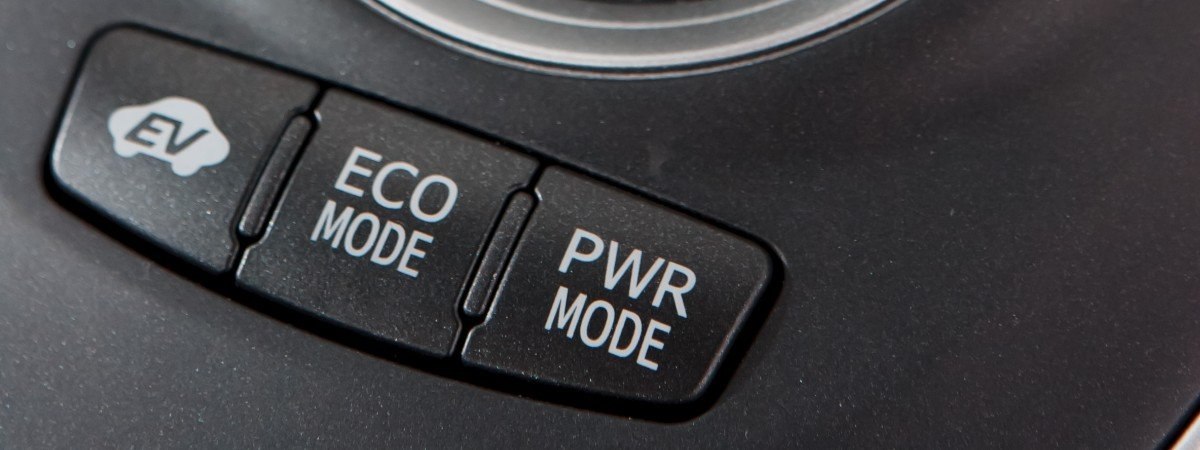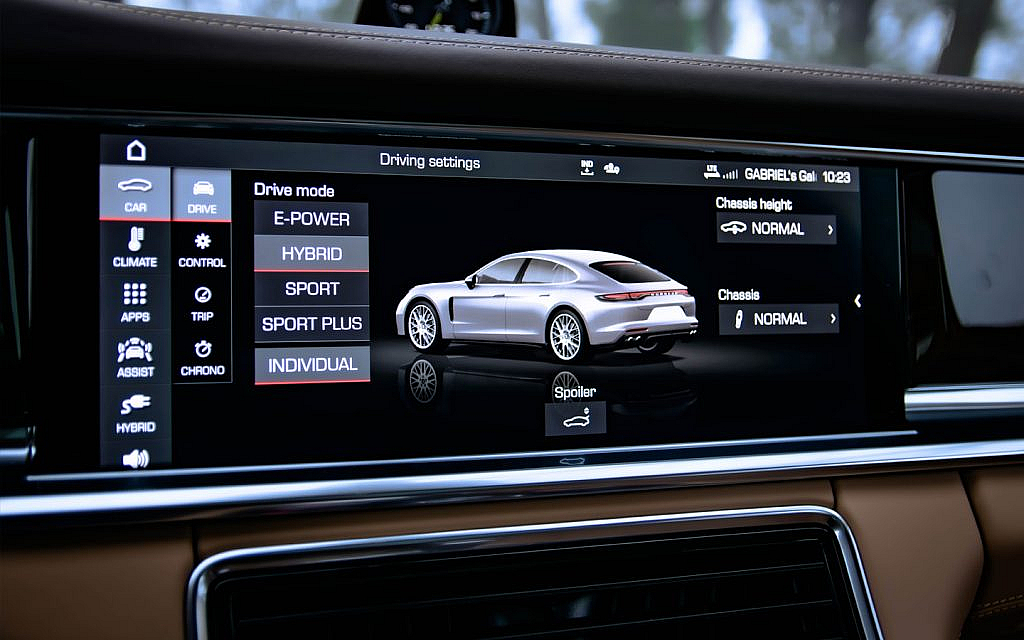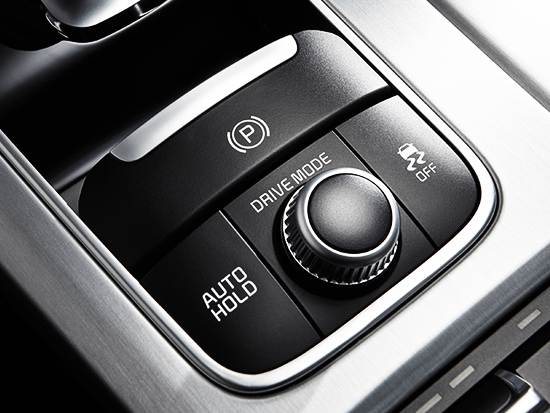Thrills and throbbing engines are not just for the auto-obsessed. Whether you’re a seasoned motorist or just getting behind the wheel, understanding your vehicle’s drive modes can unlock a more engaging, safer, and efficient driving experience. From sporty sprints in an urban concrete jungle to grueling grind on gravel paths, we’re diving into the world of drive modes. Get ready to rev up your knowledge bank as we explore the different drive modes and their uses. Buckle up and let’s ride.
Table of Contents
Understanding the Concept of Drive Modes

Drive modes aren’t some head-spinning, extraterrestrial concept. In layman’s terms, they can be seen as the automotive world’s version of a multi-talented Swiss Army knife. At the touch of a button, they adjust various vehicle attributes to transform its character according to the task at hand.
Now, if you’re wondering, “do they change the vehicle’s cartoonish shade or swap its uncouth honk for a symphony?” Regrettably, no. What they morph are the vehicle’s drivetrain settings, these include characteristics such as throttle response, gear shifting patterns, traction control, and suspension stiffness, to name a few.
But how does it work? Imagine for a moment that you’re the maestro of a high-powered orchestra – each musician perfect in their own domain. Now, playing Beethoven one evening and jazz the next requires significantly different nuances, tones and tempos – though it’s the same orchestra. Enter the concertmaster. With a few instruction changes, the orchestra transforms, bringing out a new flavor of music, beautifully suited to the occasion. In the same vein, the drive mode is your vehicle’s conducting maestro, that directs the drivetrain components, subtly tweaking their performances to deliver the desired driving experience.
Let’s talk about throttle response. This is how your car reacts when you step on the gas. Have too much of it and you might feel like you’re riding a bucking bronco. Too little and you’ll be questioning the notion of it being a gas pedal at all. Drive modes adjust this throttle response, so you get the right amount of pickup for the conditions you’re driving in.
And then we have gear shifting. In sport mode, for instance, the car might hold a higher gear longer for more RPM (and more get-up-and-go). Whereas in eco mode, it could shift up earlier to save fuel.
How about that traction control? In certain modes, it might allow for a bit more wheel spin (useful when you’re trying to get out of a snowdrift or need more aggressive acceleration) or clamp down hard (if you’re taking a curvy road at higher speeds).
And it doesn’t stop there. Some cars also adjust suspension feel, offering either a smooth and comfortable ride or a more connected, firmer feel for spirited driving.
In springing for a vehicle with multiple drive modes, you are effectively leasing a range of vehicles in a single package, each tuned for a different purpose. It’s all about having the right tool for the job. Or in this case, the right mode for the road.
The Different Types of Drive Modes
Drive modes are like the secret special powers of your vehicle that many drivers overlook. Picture yourself having multiple vehicles — a race car, an off-roader, and an economy car all at your disposal, whenever you need it. The catch? They’re all the same physical vehicle — thanks to drive modes.
Firstly, we have the Economy or Eco mode. This boring yet pragmatic mode instructs your vehicle to optimize fuel consumption. It does this by reducing throttle response and minimally adjusting the automatic transmission shift points. So, think of Eco mode as your dependable but dull friend — vanilla ice cream in a world full of flavors, but hey, it gets the job done, and saves you a few bucks on fuel.
Then we have the Sport mode. If the Eco mode is the vanilla scoop of your vehicle, the Sport mode is like the reckless hot fudge sundae. Triggering Sport mode causes your automobile to behave like Vin Diesel in a Fast and Furious movie; throttle response is heightened, the transmission downshifts gears earlier, and upshifts later. Driving in Sport mode might make you feel like you’re in a Formula 1 race, minus the actual speed — and it’s not fuel-efficient. So, use it sparingly.
Comfort mode, on the other hand, is your vehicle’s attempt at being an S-Class Mercedes Benz. Comfort mode is all about delivering a smoother ride and keeping the jolts and bumps to a minimum. This mode is your best bet when you’re giving your in-laws a tour of the city.
Moving on, the Snow or Wet drive mode is unique to the drive mode club. It endeavors to deliver a safer driving experience on slippery surfaces by reducing throttle response and initiating stability control sooner.
Lastly, let’s tackle the off-roading modes. They’re like your vehicle’s superpowers, kicking in when the going gets tough. Let’s say you’re driving on a sandy beach, trudging through thick muddy trails, or rock crawling on a mountain. Your designated Sand, Mud, or Rock modes adjust the traction control, electronic stability control, and even the ABS to help you conquer the unbeaten path.
That’s the gist of the most common drive modes. Some high-end vehicles offer more extensive customization, allowing you to alter specific parameters to your liking. Nonetheless, understanding your vehicle’s drive modes is the key to unlocking its full potential. And remember, no mode is inherently better than the other; they are suited for different occasions and it’s knowing when to use them that makes all the difference.
Applications and Uses of Various Drive Modes

Drive modes in automobiles serve an instrumental role in defining the character of your vehicle once you hit the road. Each mode equips your vehicle with a specific sets of attributes that help it adapt and respond effectively to varying driving conditions. From commuting to work, taking a trip downtown, navigating slippery roads or even off-roading, different drive modes can significantly modify how your vehicle performs under a myriad of scenarios.
The ‘Eco’ mode, for instance, is designed to optimize fuel efficiency. It achieves this goal by pre-setting the throttle response and transmission behavor to prioritize miles-per-gallon over a rapid-fire response. Given its purpose, Eco is the optimum choice for long highway drives or in traffic snarls. However, it may not offer the thrill a keen driver looks for on an open highway.
‘Sport’ mode harnesses the vehicle’s full performance potential. The transformation can be quite notable; sharper throttle response, faster gear changes, firmer steering feel, higher RPM shift points and sometimes, a sportier engine note. This mode maximally extracts the performance oriented features of your car, making it suitable for seasons of spirited driving or urgent commutes.
For those who relish off-road thrills, the ‘Off-Road’ mode manipulates the behavior of your vehicle’s 4X4 system, torque distribution, suspension and differential lock setting for traversing through rocky or tumultuous terrains. This mode preferably works with the assistance of Hill Descent Control and other stability control systems, thereby removing any apprehensions of slip-ups.
Do you often find yourself driving under rainy or snowy conditions? ‘Snow or Wet’ mode is adept at handling such slippery surfaces by regulating the throttle response and transmission shifts with the intention of preventing wheel spin and maintaining traction. It achieves steadiness by operating at a softer pace, unlike the Sport mode that thrives on rapidity.
The right use of drive modes based on your surroundings not just makes for safer driving but also more efficient vehicle operation. Remember, these aren’t just fancy buttons on your car’s dashboard, but calculated technology to enhance your driving experience, one mode at a time.
Choosing the Right Drive Mode for Your Situation

Choosing the best drive mode can be likened to selecting the appropriate footwear. You wouldn’t lace up your hiking boots for a beach walk, neither would you slip on your flip-flops for a mountaineering adventure. These decisions require thoughtful consideration and your vehicle’s drive mode is no different. Knowing when to choose rear-wheel, front-wheel, all-wheel or four wheel drive can modify your vehicle’s performance for a distinct driving experience.
Let’s start with a mellow city expedition. If you’re cruising through town on a sunny day, your car’s default drive mode, often referred to as ‘normal’ or ‘comfort’ mode would be an ideal selection. This often translates to a front-wheel-drive setup in many vehicles. It optimizes the fuel efficiency, keeps the drive smooth and creates an overall pleasantly balanced motoring experience.
However, when you encounter rough conditions like heavy rain or fresh snow, an all-wheel-drive setting provides substantial benefits. In AWD mode, power’s effectively apportioned to each tire offering smoother handling, ensuring safer and more controlled navigation in slippery driving conditions.
If you have an SUV and you’re out for some off-roading or tackling tough terrain, flipping into four-wheel drive could unlock the vehicle’s maximum traction capabilities. Similar to donning a pair of sturdy boots, the 4WD mode offers better traction and control over rugged terrain. Therefore, it should be selected when confronting rocky trails or slick, muddy paths.
Don’t forget about your car’s sport mode when you need quick acceleration or you’re carving your way along a twisty road that calls for more spirited and agile motoring. Just like lacing up your running shoes for a race, sport mode sharpens throttle response, adjusts the transmission shift points for quicker gear changes, and often stiffens the suspension for sportier, tighter handling.
Ultimately, understanding your vehicle’s drive modes is imperative for optimized performance and safety. Always consider the road conditions and your drive intentions before selecting the mode. As the saying goes, the right tool – or the right drive mode in this case – makes all the difference. It’s not about always having the most power but knowing how to use it appropriately.
FAQs
What are the different types of drive modes?
How do I know which drive mode to use?
Does switching drive modes affect my vehicle’s performance significantly?
Conclusion
Understanding and wisely utilizing different drive modes can yield transformative results for your vehicle performance. Whether you’re after an adrenaline-boosting sport mode, eco-friendly efficiency, or traction-bolstered snow mode, there’s a setting designed with your specific needs in mind. The crux lies in knowing when to use what, ultimately leading to a safer and more enjoyable driving experience. Hence, the power to enhance your ride lies literally at your fingertips. Just flip the switch.
